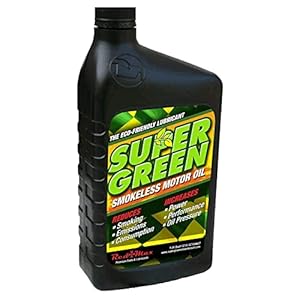
Whereas electrical car (EV) fires are much less frequent than these affecting petrol and diesel combustion engines, their ferocity has raised issues about how firefighters can take care of the extraordinary blazes.
EV fires will be brought on by battery cells overheating after their cathodes and anodes make contact and brief circuit, producing warmth which spreads to surrounding cells, creating a series response nearly unimaginable to reverse with temperatures rising to about 1000°C.
This is named thermal runaway, and whereas many battery packs are liquid-cooled to forestall such incidents, it’s nonetheless an issue which battery makers and EV producers wish to overcome.
100s of latest automotive offers can be found by way of CarExpert proper now. Get the consultants in your aspect and rating an amazing deal. Browse now.
Now, because of South Korean chemical large LG Chem, these issues might turn into a factor of the previous attributable to a brand new innovation developed by the agency.
LG Chem’s Platform Expertise R&D workforce has developed a temperature-responsive Security Strengthened Layer (SRL), which is designed to suppress thermal runaway and cut back the chance of EV battery fires.
A 1 micrometre-thick composite materials, which adjustments its electrical resistance primarily based on temperature, is positioned between the cathode layer and the present collector.
When the battery’s temperature rises past the conventional vary – 90°C to 130°C – the fabric reacts to the warmth, altering its molecular construction and successfully suppressing the movement of present, blocking the response path on the early phases of overheating.
“This thermal runaway suppression materials is extremely conscious of temperature, with its electrical resistance rising by 5000 ohms for each 1°C rise in temperature,” LG Chem stated.
“The fabric’s most resistance is over 1000 instances increased than at regular temperatures, and it additionally options reversibility, that means the resistance decreases and returns to its authentic state, permitting the present to movement usually once more as soon as the temperature drops.”
LG Chem carried out a penetration check with a nail puncturing lithium cobalt oxide (LCO) batteries, leading to 84 per cent of the packs catching hearth.
Nonetheless, these which featured the thermal runaway suppression materials didn’t catch hearth.
Affect assessments on nickel cobalt manganese (NCM) EV batteries – through which a 10kg weight was dropped onto the pack – triggered a fireplace in all batteries with out the brand new materials.
Whereas 30 per cent of the thermal runaway prevention material-equipped batteries caught hearth, they have been extinguished inside seconds.
“This can be a tangible analysis achievement that may be utilized to mass manufacturing in a brief time frame,” stated LG Chem CTO Lee Jong-Ku.
“We are going to improve security know-how to make sure clients can use electrical automobiles with confidence and contribute to strengthening our competitiveness within the battery market.”
In response to EV FireSafe, an Australian physique which tracks EV blazes, there have been 511 cases of verified thermal runaway in each full-electric and plug-in hybrid (PHEV) passenger automobiles worldwide since 2010.
Trending Merchandise







![Bundle – 9 Items: MSA Black Diesel 14″ UTV Wheels 30″ BKT AT 171 Tires [4×110 Bolt Pattern 12mmx1.5 Lug Kit]](https://m.media-amazon.com/images/I/41zoBx2-lYL._SS300_.jpg)




